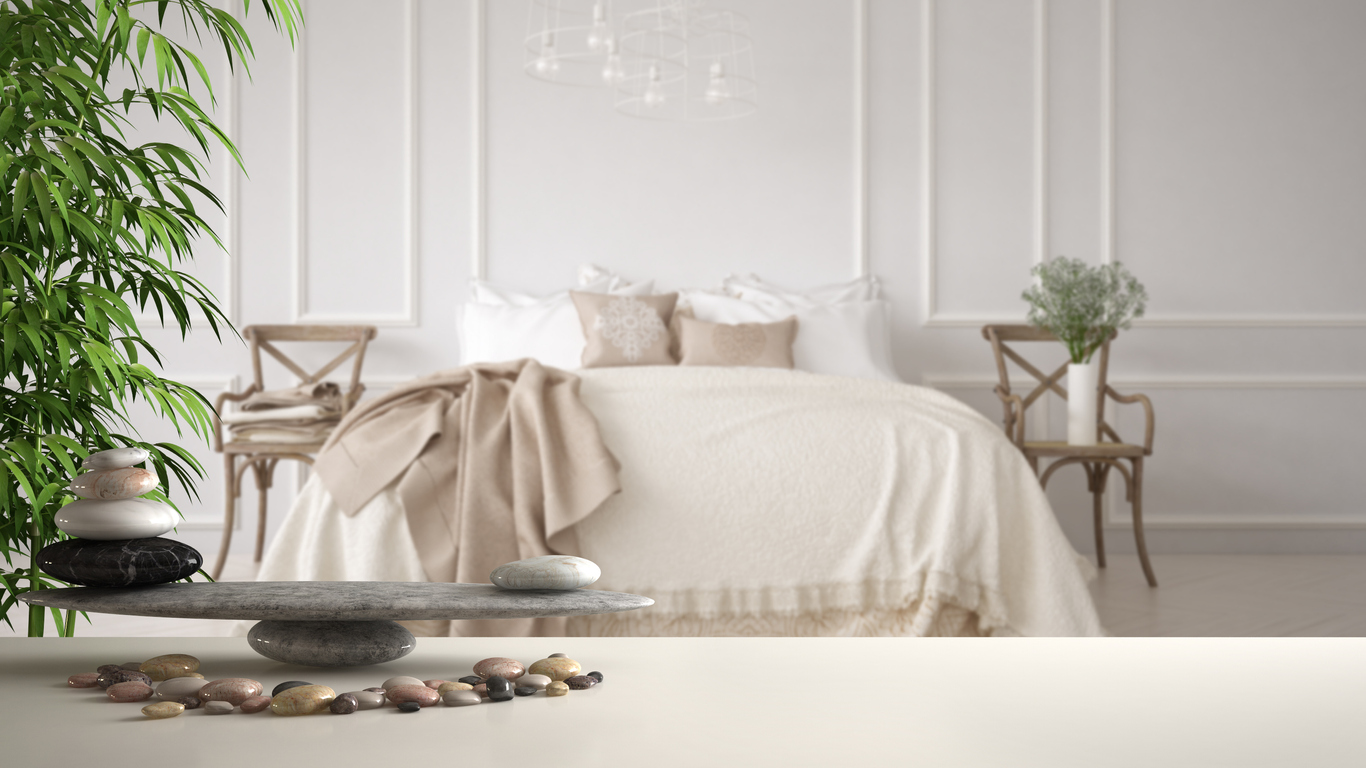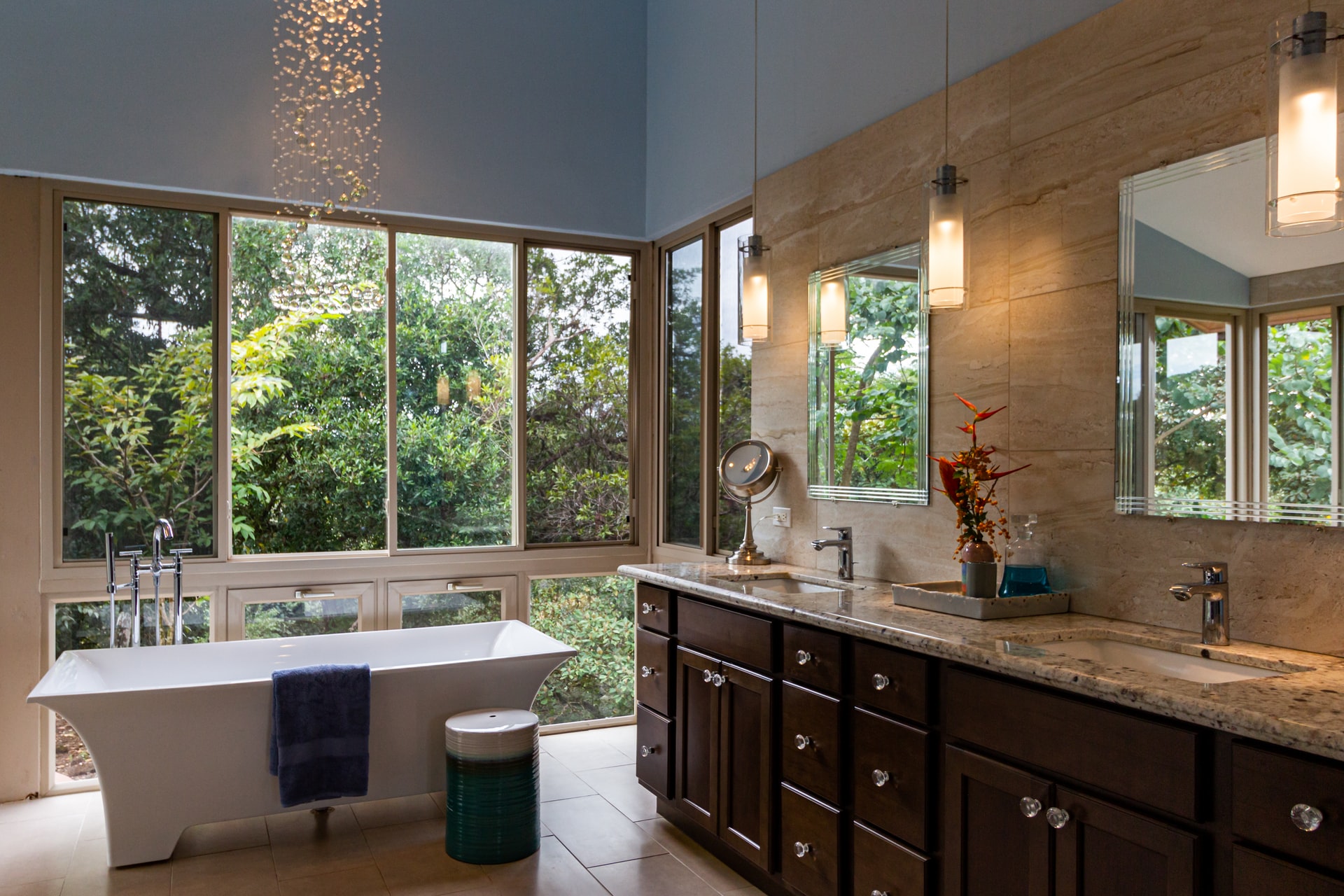If you’re a first-time pet owner, preparing your home for pets can feel like a daunting task. Animals are always prone to curiosity, and their natural instincts take them into every corner of your house. If you want to keep them safe and keep the damage to a minimum, this list can help you get your space ready for your new best friend.
Pet Safety 101
Keeping your new pet out of trouble requires a whole-home safety check. Lots of common household items could be a hazard to your pet’s health, even if they’re completely benign to you. Check each room of your home for these hazards, and keep a close eye on your new pet for the first few weeks – if there’s a hidden threat in your home, a kitten or puppy is almost guaranteed to find it.
Kitchen
Your kitchen is dangerous territory for an inquisitive pet. Household cleaners and other hazardous products are obviously dangerous to a small animal and should be kept out of reach or behind a locked cabinet. You can also check for spaces behind cabinets and appliances where a small animal might get stuck.
Some common food items are unexpectedly toxic to cats and dogs. Avocados, grapes, onions, coffee grounds, chocolate, foods with artificial sweeteners, and more may be harmful or fatal if ingested. As general safety tips, keep all food safely out of reach and make sure you securely close ground-level cabinets with a childproof latch.
Bathroom
Medicines that are safe for an adult human can be many, many times over a safe dosage for your pet. Never give your pet over-the-counter medicines unless instructed by a veterinarian. Your bathroom’s medicine cabinet should be well out of reach or secured – common drugs like aspirin, ibuprofen, and antihistamines are all potentially deadly.
Bedroom
Your bedroom might seem like a safe space for your pet, but you’ll still need to perform a safety check. Power cords and phone wires are very attractive to teething animals, and a frayed or severed power cord can shock or burn your pet (or worse). Hot pepper sauce or a bitter apple spray will make power cords taste terrible, discouraging chewing. Keep cosmetic products and potpourri out of reach, and don’t forget to check your dresser drawers for adorable invaders before closing them.
A bitter spray is also a good tool for protecting your furniture. For dogs, using the spray on wooden chair and table legs can prevent your dog from making furniture a midday snack and can aid in training for good behaviors like staying off the couch. Cats love tearing into upholstery, but an herbal spray can convince them to keep their claws elsewhere.
Backyard and Garage
Outdoor spaces can be just as hazardous for your new pet. Creating a safe outdoor environment requires a diligent check for hazardous materials and potential threats. Ethylene glycol and other antifreeze substances can be fatal, even in extremely small quantities. A single lick might be enough to make your pet dangerously sick. The same is true for many adhesive substances, which can expand and clog your pet’s digestive system after they’re ingested.
Herbicides, rodenticides, and insecticides can also be very hazardous to pets. If you spray or treat your lawn, follow the manufacturer’s guidelines before you allow your pet to play in the affected area. And finally, keep a close eye on pets in garden spaces – common plants like lilies, holly, yarrow, yew, and other plant varieties can be harmful or potentially deadly.
Safety Through Technology
It’s impossible to monitor your pets 24/7, but you can check up on your furry friends when you’re at work with a pet camera. You’ll want a camera that lets you interact with your pet from a distance, so make sure you find one with two-way audio so you can talk to your pet to calm them down and help them adjust when you’re not home or traveling. Being able to look in on your pet while away can give you the confidence you need to let your new pet roam. In a worst-case scenario, a pet cam can give you valuable information about what your pet got into if they eat something they shouldn’t. Some pet cameras even include motion sensors, recording only when your pet is on screen.
Checking each room in your home for these common threats is a good start, but you’ll still want to keep your pets under close supervision for the first few weeks, especially when dealing with a puppy or kitten. As you and your pet spend time together, you’ll both develop good habits for staying safe and happy.
This is a guest post from Emily Long. Emily is a freelance writer based in Salt Lake City, Utah. She covers personal finance, security, and home improvement.




